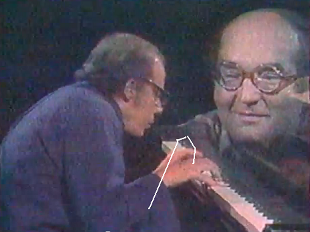Why Glenn Gould’s chair is low

In 1986, there was an exhibition of Glenn Gould at the Canadian Embassy in Paris and I saw his famous chair. As if they did not know its value in antiques, which could compete with the Mona Lisa, the chair had been put directly on the floor, surrounded by four glass-panes to prevent people from trying to sit down on it.


During 20 million years, our ancestors were living as climbing up trees, and we still have great strength to hold branches. When a person of 60kg hangs with one hand to a branch, you simply divide by four and know that a finger has strength for more than 15kg. You can bring plastic bags of supermarket with this strength of the fingers. The fingers have the strength for this movement to hold a branch. With this strength, movements can be done without force, and with rapidity.

In this picture, Glenn Gould keeps the tip of the little finger vertical with the force of holding branchs.
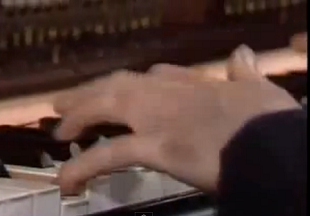
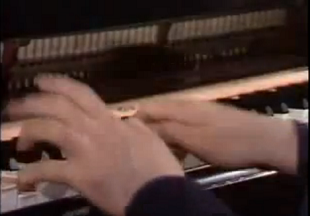
Sometimes the wrist can be lowered so that the hand becomes vertical. The rotation of the wrist is very easy. The free fingers can go up very high. This can give you a pleasure to push keys of the piano and also you don’t want to put your right foot on the pedal. If the chair is not enough low, it would make your back bending.
In order to have the vertical palms, the chair of Glenn Gould was low.
Be careful, if you lower your elbows, your palms will be knives slicing a cucumber, and your palms will reach the limit of inward rotation. Both elbows should be open.
Our thumbs are like monkeys’ thumbs; the thumbs are the weakest fingers. Movements are done by the wrist. The thumbs are pointing upwards, completely relaxed.
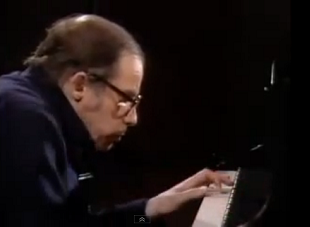
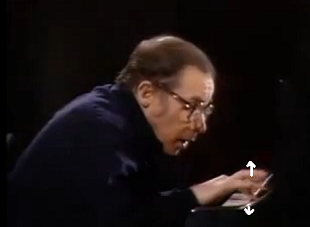
With a low chair, there is more contact between the fingers and the surfaces of keys. To avoid error, you touch as early as possible (before 0.01 seconds, so to speak) the surfaces of keys. The direction of the force is upwards, while the direction of the key is downwards. Just as high jump, the direction of the force of the body movement and the direction of the movement of the last foot are opposite.
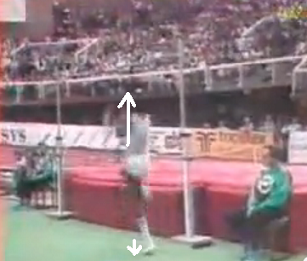
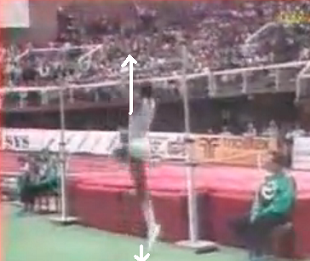
The technical difference between classical piano and jazz piano is that, for classical piano, the force has been loosened upwards at the moment of each sound, and for jazz piano, the force attacks downwards at the moment of each sound.
When Gould sings with his voice, each note is in crescendo. It means that each note is upward, and each time, his shoulders, his elbows and his wrists are relaxed and the hands are in a neutral state between one note to the next note. This is the same logic as Chris Evert who used to return to the center of the court after each stroke. Piano exercises are exercises of relaxation, therefore, of course, it is slow. Noting fingerings on scores is an error to minimize changing of fingers on a key. If you correctly noted fingering on scores, it would be too complicated. Fingerings should be, in fact, automatic and real time. There is a direct relationship between relaxation and changing of fingers on a key. Therefore, when people who note fingerings on scores can not play fast pieces fast, they can not play them slowly either. The key to press is determined. The finger on that key will be the finger to use. The shoulders and the elbows are relaxed, and the key will be pressed with the movement of the wrist. Therefore, either by the finger 3, or 4, etc., there is no difference between the fingers.
